Creating a Marketing Strategy can feel complicated but it can essentially be boiled down into three stages:
In the first stage (the awareness stage) you’re literally just trying to make potential customers aware that you exist.
You’ve got a stellar product or service, but guess what? Nobody knows about it. That’s where the awareness stage comes into play. This is your chance to shout from the rooftops (metaphorically, of course) and let the world know that you exist.
But how do you do that? Well, it’s all about getting your name out there. Think social media campaigns, content marketing, and good old-fashioned networking. The goal here is simple: make potential customers aware of your presence in the market.
Remember, Rome wasn’t built in a day, and neither is brand awareness. It takes time and consistent effort to get noticed, so don’t get discouraged if you don’t see results overnight.
In the second stage (the consideration stage) you have to convince your customers to buy from you over your competition.
Okay, so you’ve piqued the interest of your target audience. Now what? It’s time to convince them that your offering is the best thing since sliced bread (or avocado toast, if that’s more your style).
This is where the consideration stage comes into play. Your potential customers are weighing their options, comparing you to your competitors, and trying to decide who to give their budget to.
But here’s the thing: it’s not just about having a killer product or service. It’s also about the experience you provide. Put yourself in your customers’ shoes for a moment. Would you rather buy from a company that treats you like just another number, or one that goes above and beyond to make you feel valued?
Customer experience is key. So don’t just focus on showcasing what you’re selling; focus on how you’re selling it. It makes all the difference.
The third stage (the retention stage) involves building community and convincing your customer to purchase again.
The retention stage is all about keeping your customers coming back for more. Why? Because repeat customers are the lifeblood of any business. Not only do they contribute to your bottom line, but they also serve as brand ambassadors, spreading the word and bringing new customers into the fold.
So how do you keep them coming back for more? Build a sense of community. Make your customers feel like they’re part of something bigger than themselves. Whether it’s through loyalty programs, exclusive offers, or simply engaging with them on social media, show them that you appreciate their business and value their loyalty.
Remember, a happy customer is a loyal customer. So don’t just focus on making the sale; focus on building relationships that last a lifetime.
These are the basic three stages you need to consider when creating your marketing strategy. Of course, there are tactics and activities that need to be planned and actioned to go with it but, strategically, this is a great blueprint.
Does your Marketing Strategy cover these three stages?
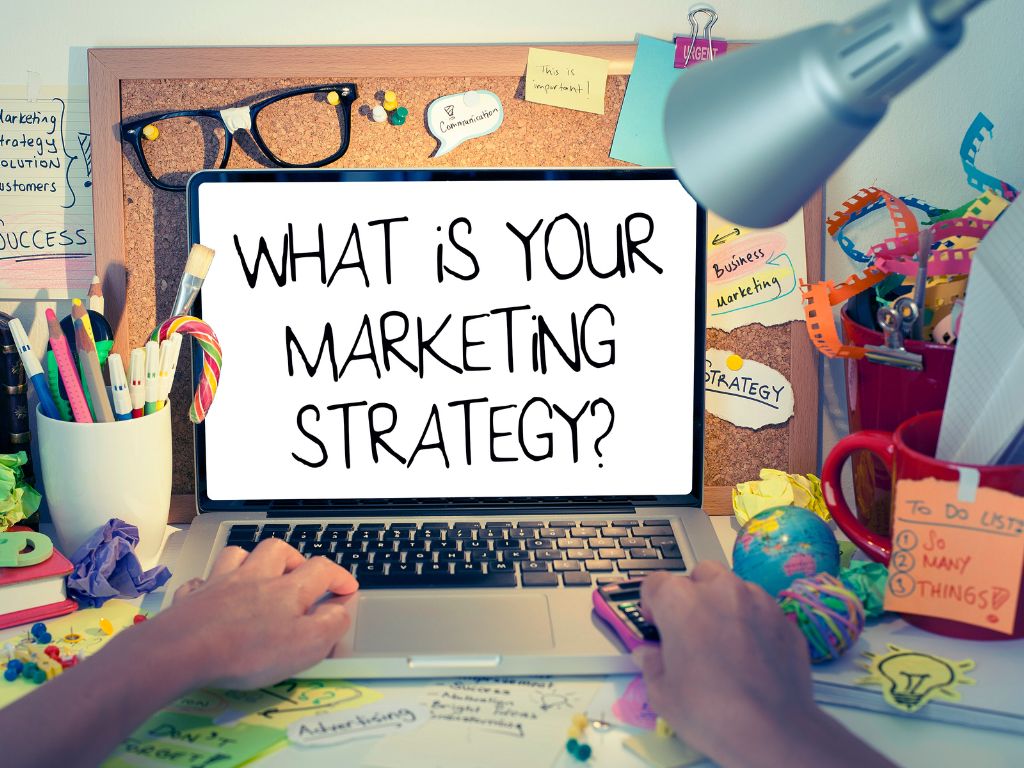
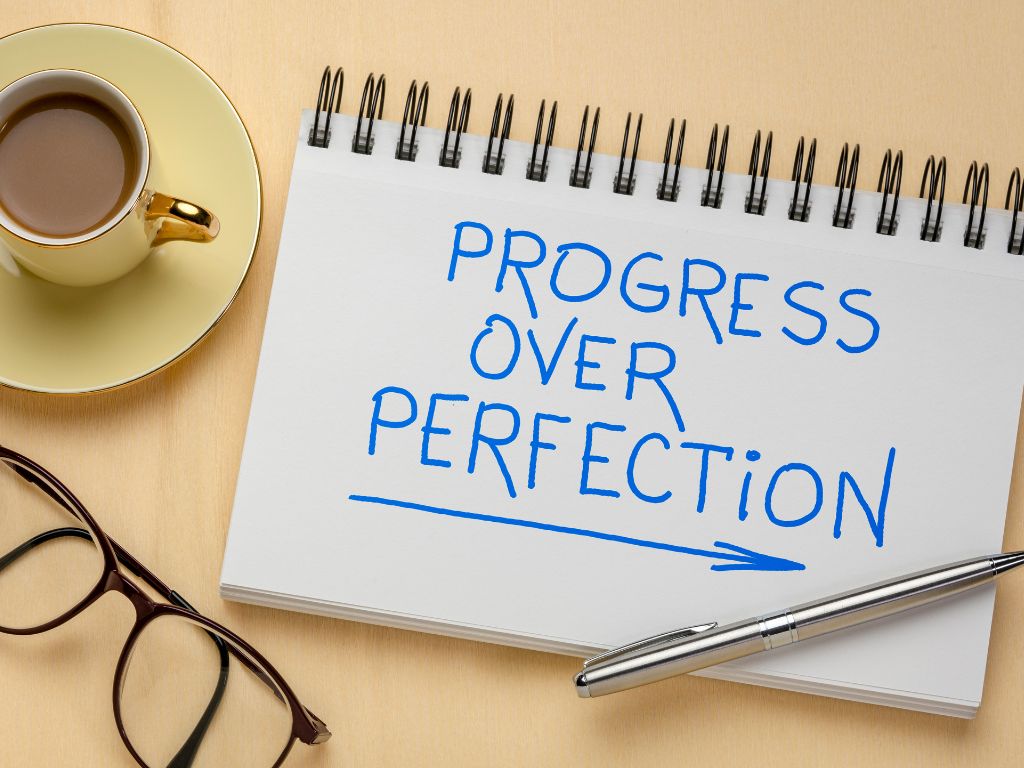
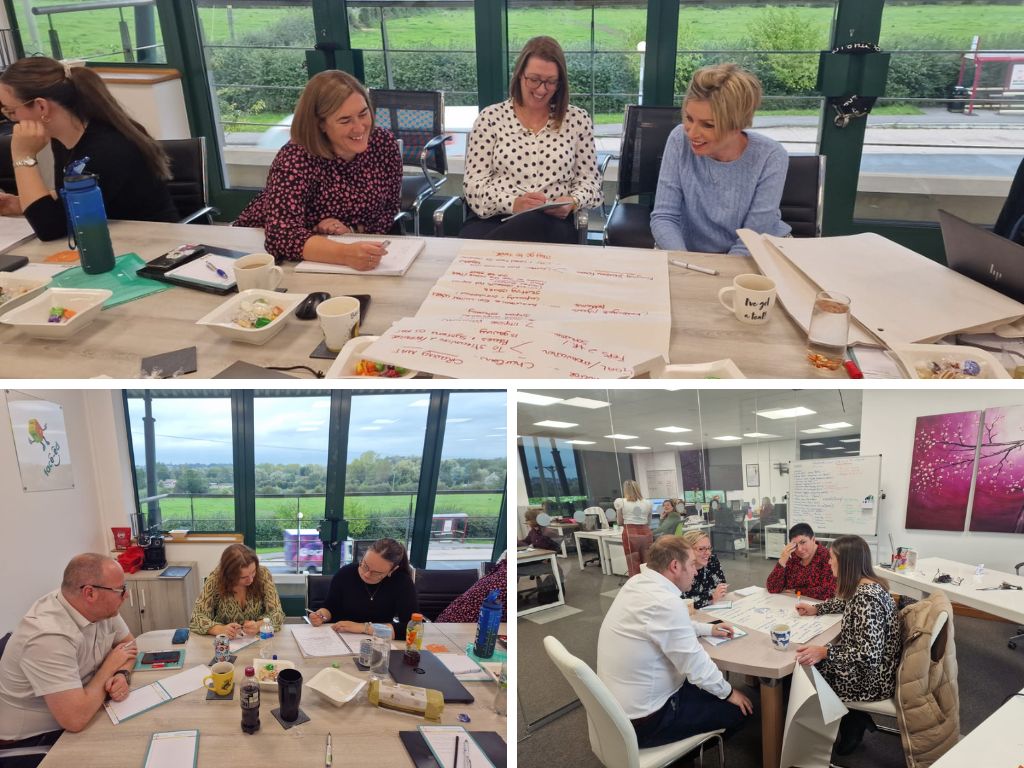
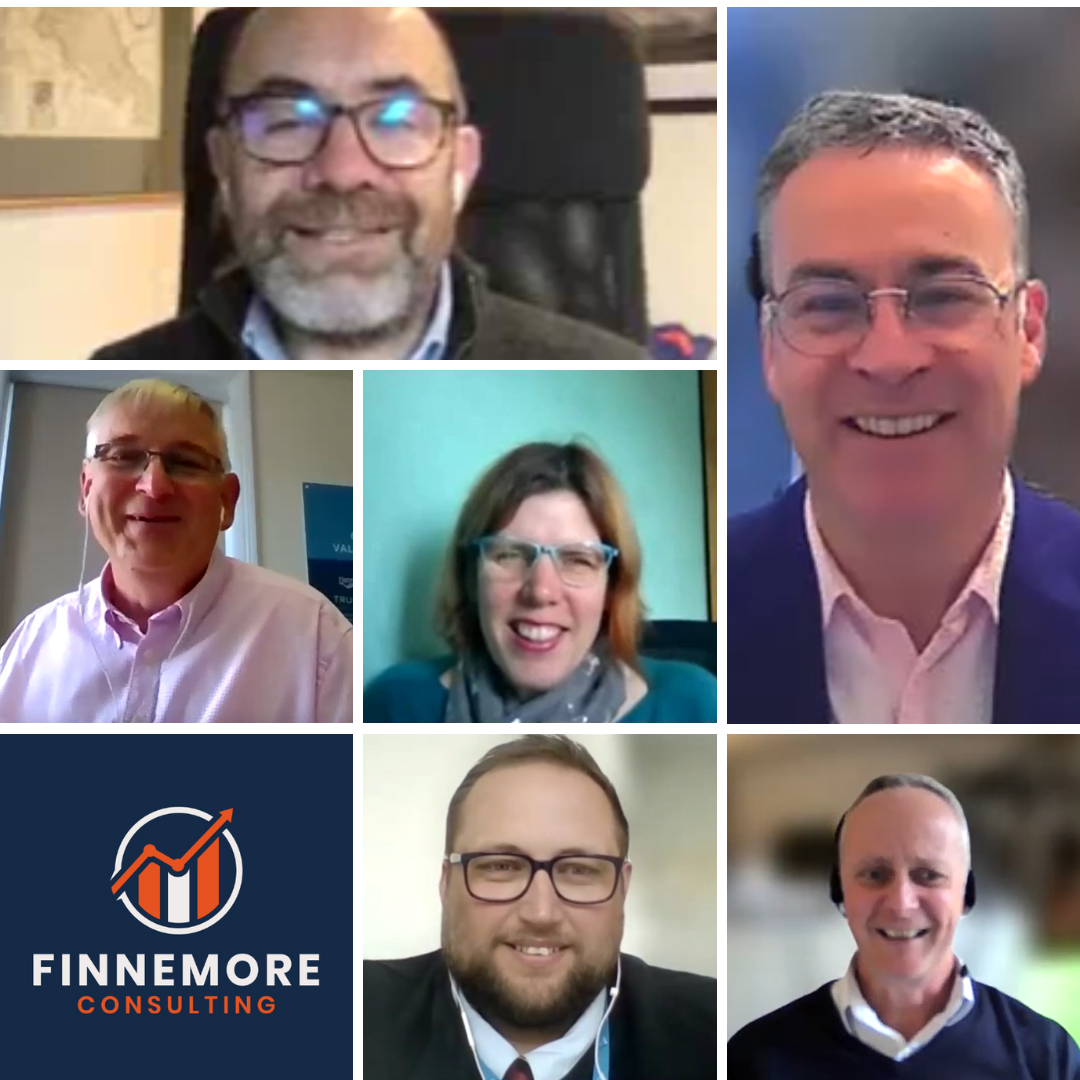







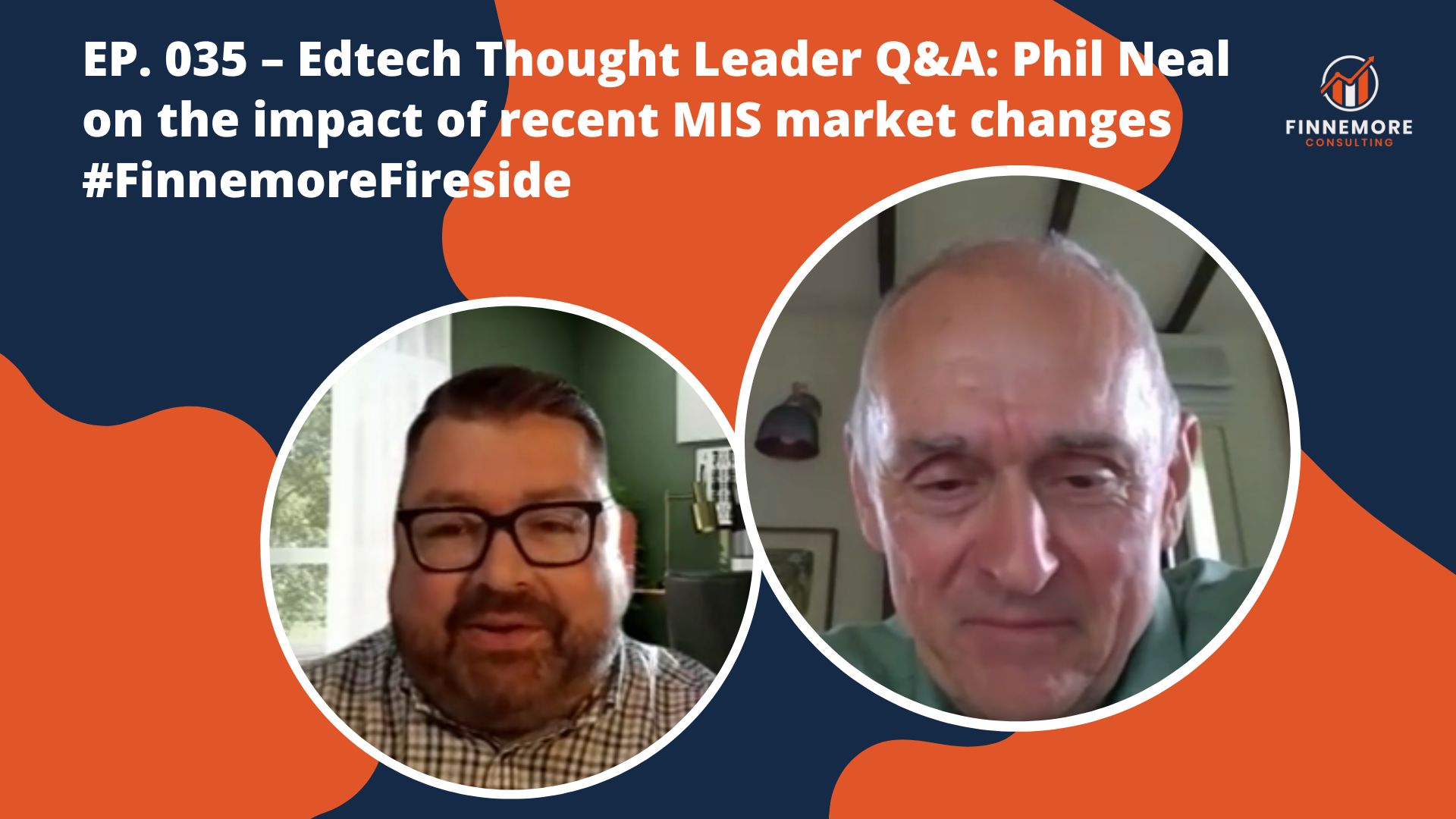
Don’t let perfectionism be the sneaky saboteur of your new product release
In my work with companies selling to the education sector, I’ve witnessed this unfortunate scenario far too often. They fall into the trap of aiming for a 100% flawless product, and it ends up holding them back.
Here are the two common traps they find themselves in:
1. The “I’ll Think It All Up” Trap
Some folks genuinely believe they can conjure up the ultimate solution by brainstorming in their cosy office or bedroom (their ivory tower). But here’s the truth – you’ve got to get your solution out into the real world! Put it to the test and see if it genuinely meets your customers’ needs.
2. The “Fear of Failure” Trap
Ah, the fear of messing up. It’s a powerful force that can keep you strategizing for ages, trying to ensure failure is nowhere in sight. But the only way to create something truly amazing is by putting it in front of your customers. Embrace their feedback, learn from it, and let it shape your masterpiece.
All this perfectionism isn’t good for business. Waiting endlessly for the “perfect” solution only gives your competitors an opportunity to gather feedback, make improvements, and snatch up your market share.
All you need is a Minimum Viable Product (MVP) to bring to the market and an open mind. Your customers are the real experts here. They’ll give you the precise insights you need to craft that perfect solution.
So, embrace imperfection, launch with confidence, and let your customers guide you to greatness! And don’t let perfectionism be the sneaky saboteur of your new product release!